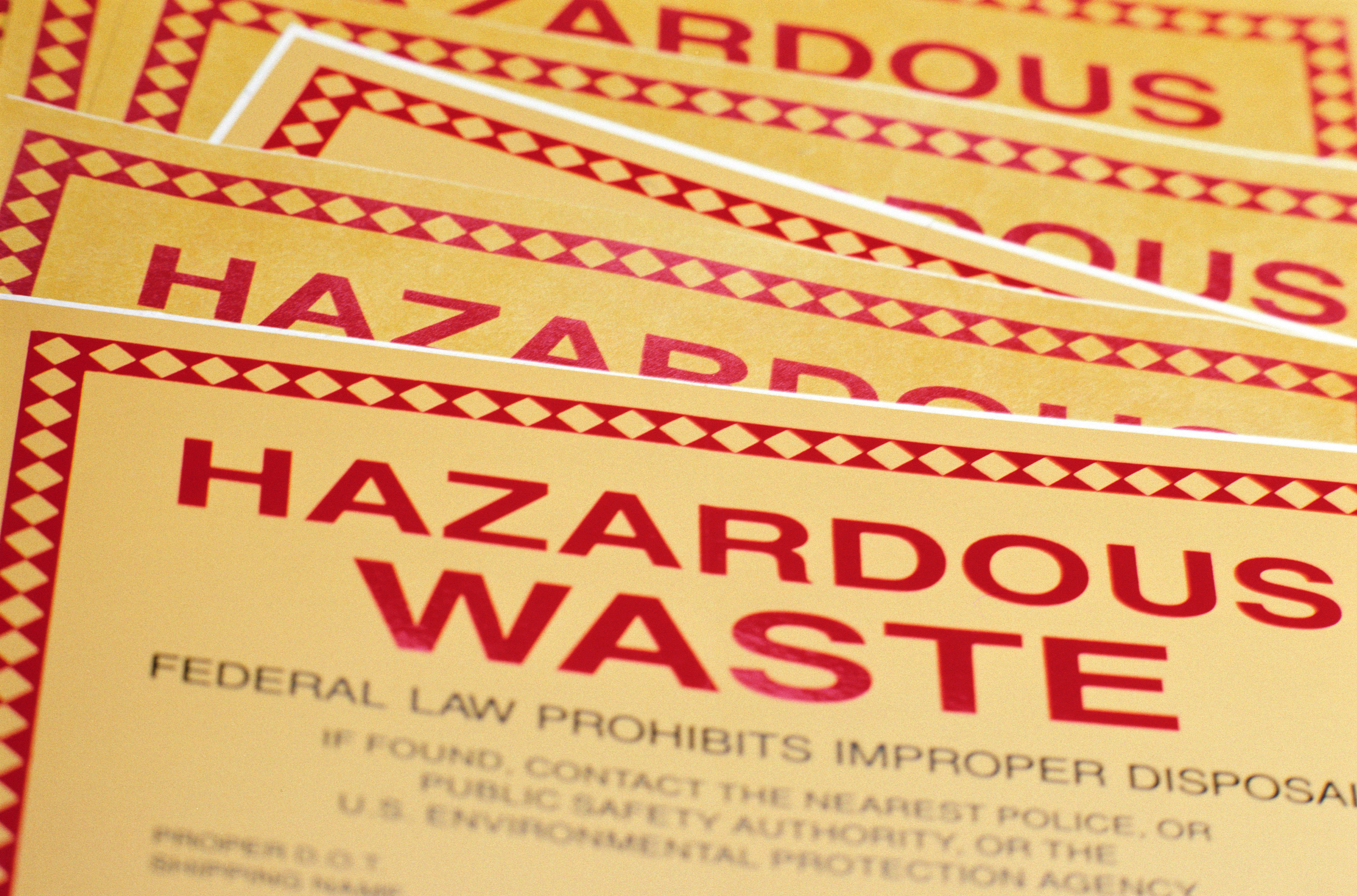 |
LDR notifications inform the next waste handler how the waste must be treated to meet the relevant treatment standard or if it can be disposed of without treatment (i.e., has already met treatment standards or does not require treatment). When wastes do not need to meet a treatment standard or already meet the standard, the shipper’s notification must include a signed statement certifying such a claim.
Records of all LDR notifications must be kept by the generator, the treatment facility, and the disposal facility for 3 years, and they are at the top of the compliance checklist used by any agency inspector. Managers at each of these facilities should have procedures in place to ensure that all obligations under 40 CFR 268.7 are met. Here are the main notification requirements for both generators and treatment facilities.
Environmental Compliance in [Your State] gives you expert analysis of your state environmental regulations, along with instant comparisons between federal and state environmental protection agency regulations. Every key 40 CFR topic is at your fingertips. Buy Now
Generators
Generators must send a notification with the initial shipment of every hazardous waste to a treatment facility. If the waste, process, or receiving facility changes, another notification is required. The following table details the required notifications
|
Required notification information if … |
… waste needs to meet treatment standard |
… waste meets treatment standard |
… waste is not subject to treatment standard |
… waste is in lab packs |
|
EPA hazardous waste and manifest numbers of first shipment |
X |
X |
X |
X |
|
Statement: This waste is subject to LDR. |
X |
X |
|
|
|
Statement: This waste is not prohibited from land disposal. |
|
|
X |
|
|
Constituents of concern and any underlying hazardous constituents (if applicable) |
X |
X |
|
|
|
Indication whether it is wastewater or nonwastewater |
X |
X |
|
|
|
Waste analysis data (if available) |
X |
X |
X |
|
|
Date the waste will be prohibited from land disposal |
|
|
X |
|
|
For hazardous debris, when treating with the alternative treatment technologies, the contaminants subject to treatment |
X |
|
X |
|
|
For contaminated soil, the constituents subject to treatment and whether the soil contains hazardous waste and meets the treatment standard |
X |
X |
|
|
|
Certification |
|
X |
|
X |
|
|
|
|
|
|
Environmental Compliance in [Your State] gives you expert analysis of your state environmental regulations, along with instant comparisons between federal and state environmental protection agency regulations. Every key 40 CFR topic is at your fingertips. Buy Now
Treatment Facilities
Once a listed hazardous waste is treated, the information the treatment facility sends to the disposal facility is less extensive.
- EPA hazardous waste and manifest number of first shipment
- Statement that the waste is subject to the LDR
- Constituents of concern and any underlying constituents (if applicable)
- Indication whether it is a wastewater or nonwastewater
- Waste analysis data (when available)
- For contaminated soil, the constituents subject to treatment and whether the soil contains hazardous waste and meets the treatment standard
- Certification that the waste meets the LDR and may be land disposed
Characteristic Wastes
Characteristic wastes that are decharacterized subsequent to the point of generation (i.e., they become nonhazardous) are handled differently than listed hazardous wastes. Once a waste is decharacterized and has met its full LDR treatment standards, it can go to a RCRA Subtitle D nonhazardous waste facility. Copies of these LDR notifications and certifications are sent to the EPA region or authorized state and placed in the facility’s files; they are not sent to the receiving Subtitle D facility. This is intended to protect Subtitle D facilities from the burden of hazardous waste paperwork.
